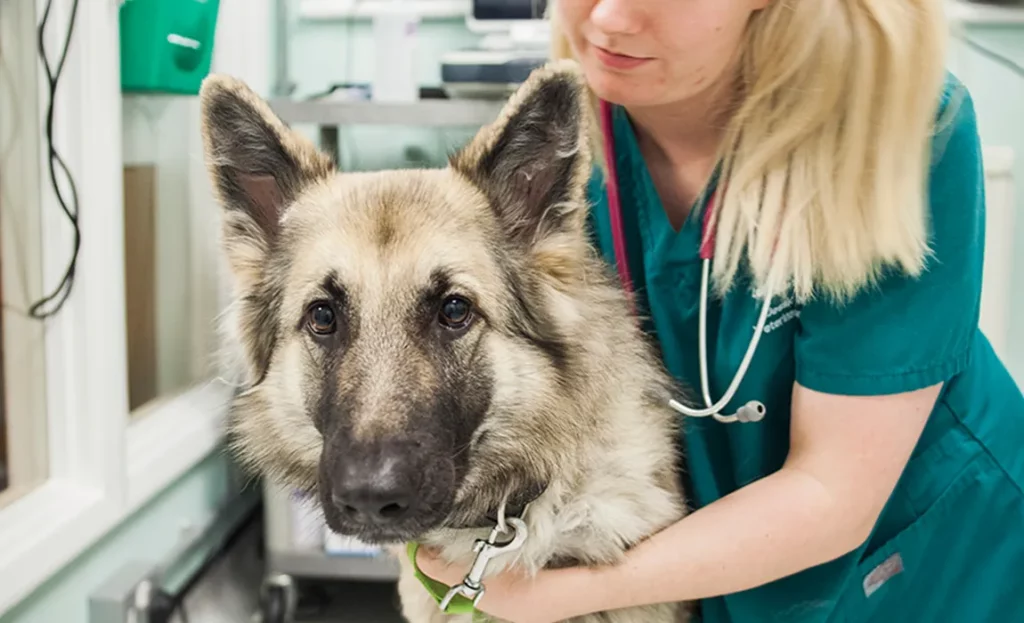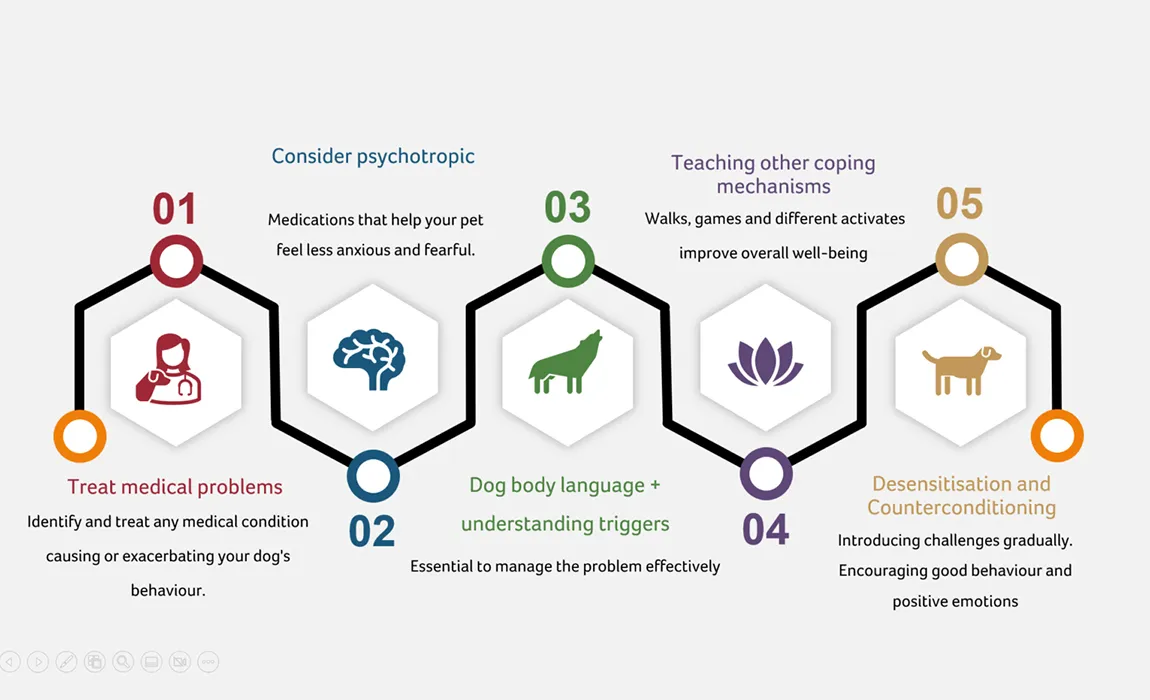9. Housetraining:
a) Always urinates and defecates outside
b) Has occasional accidents indoors despite being previously housetrained
c) Frequently has accidents indoors
10. Character and Behaviour:
a) Behaviour remains consistent
b) Shows slight changes in behaviour where he/she did not before
c) Shows obvious changes, such as increased anxiety or depression
11. Facial Expression:
a) No changes in facial expression
b) Occasionally shows signs such as grimacing, vacant stare, wide-eyed look, enlarged pupils, flattened ears or excessive panting at rest
c) Frequently shows changes in facial expression (grimacing, vacant stare, wide-eyed look, enlarged pupils, flattened ears or excessive panting at rest)
12. Self-Protection:
a) Does not exhibit self-protective behaviours (growling, snarling, barking or similar)
b) Occasionally displays self-protective behaviours, like protecting a body part, avoiding putting weight on a leg, limping or resisting being held or picked up
c) Frequently demonstrates self-protective behaviours
13. Aggressiveness (growling, snarling, barking, snapping and biting) and Behavioural Changes:
a) No unusual aggression or behavioural changes
b) Occasionally exhibits unusual aggression or changes in behaviour, especially if previously friendly
c) Frequently displays unusual aggression or significant behaviour changes
14. Posture (The way they stand):
a) Maintains a normal posture (stands on all four legs the same and spine is parallel to floor)
b) Occasionally shows unusual posture (like hunching with hindquarters raised and front end down on the ground or lying on their side more than other)
c) Frequently shows unusual posture (like hunching with hindquarters raised and front end down on the ground or lying on their side more than other)




